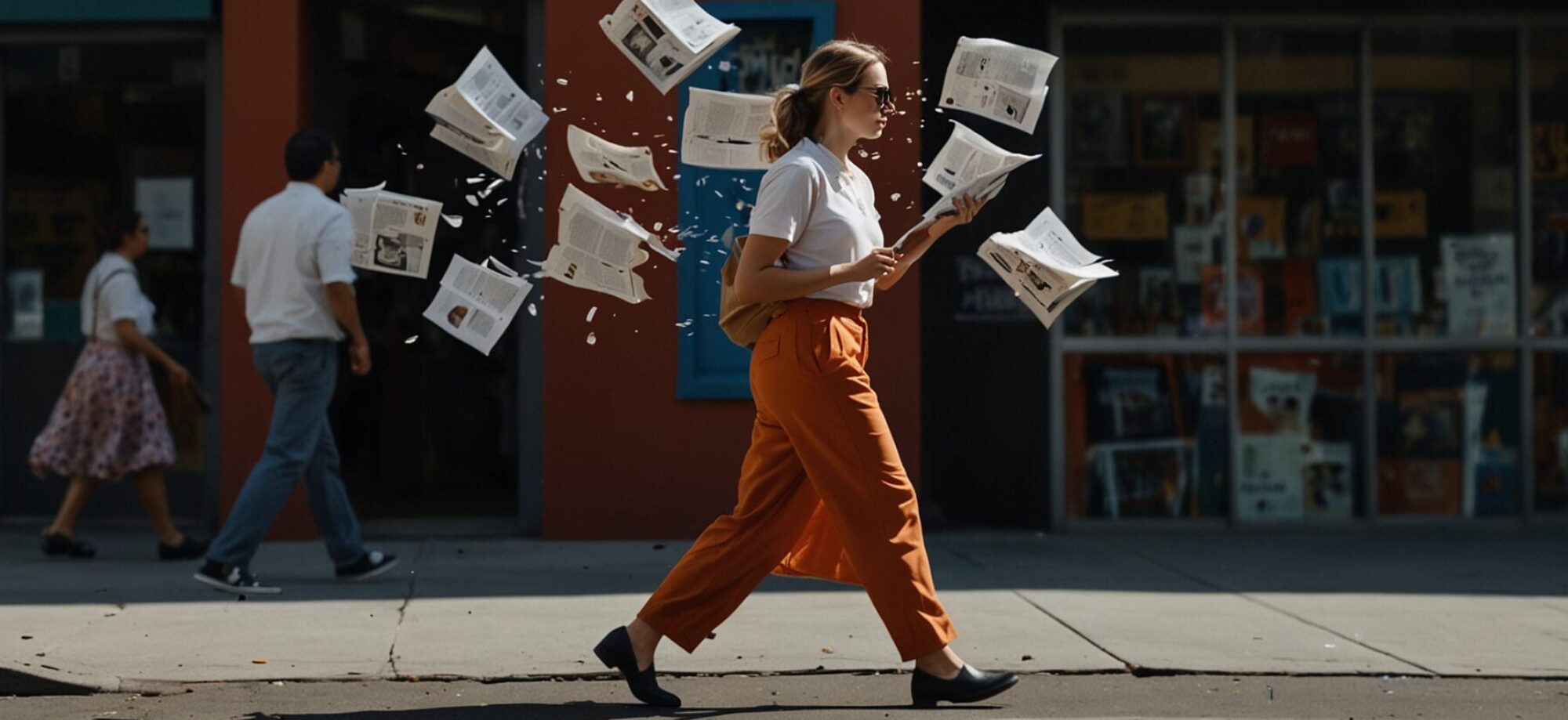I have always remembered that when I walked to read a document or book, I immediately began to write notes and draw pictures on its pages. It was a circuit composed by these 4 activities, notes and drawings that illustrated what I was reading and learning.
We must keep in mind that this process of reading-writing-drawings is like a factory-warehouse that we can be permanently filling and emptying.
I have already pointed out that in drawing, as in writing and reading, there is a virtuous circle, which we are now going to explain and which is expressed in my Manual for Walking, Reading, Writing and Drawing.
During reading or writing, images are generated that we must be attentive to capture, comprehension and interpretation.
The process generated during read-write can be appreciated through an analogy (Manual for walking, pp. 51-57), and I recommended it in the case of generating images and capturing them while drawing.
Now, what kind of reading or writing can we develop? You yourself will get to know which are those types and genres that your artistic creation encourages, in all orders.
I have also pointed out that this process is reversible, back and forth. In my practice it has happened to me that writing feeds my paintings and at the time, after months or years, that painting inspires me a poem or some story; in fact, some of my sketches that I have developed during my walks I have used them in some novel, concretely, there are several that I am using in this epoch in the accomplishment of my novel Dialogues in a place of La Mancha.
Nevertheless, what is important is to point out the strength that exists in this virtuous circle of reading-writing-drawing that propels our unconscious to recover part of what has repressed the consciousness and that it exposes as graphic and mental images.
There is a relationship between these three activities, that of reading, writing and drawing, so I will expose some ideas on the subject, hoping that there will be a motivating effect to carry them out.
One can suppose that these activities are flows, and both are constituted by words and images, with the consideration that they have opposite senses; one has as source of origin the mind of the individual, that is to say, it emerges from there, and the other has for destiny this organ, that is to say, it arrives at him.

In no way should they be considered as opposite activities, since they belong to the same circulation, which are developed in the same conduit, within which are transported those fundamental elements that are words and images, as well as the different categories of knowledge, such as ideas, propositions, concepts, etc.
We must place a little emphasis on the conceptualization and functioning of this means of conduction -of two senses-, since knowing it and understanding how it works, allows us to prepare ourselves in a better way to develop these activities.
We can imagine a scheme and consider it as a virtuous circle, that is, that it can produce an effect according to its material, spiritual or artistic essence, and that is flowing through the image of a “pipe” through which the different elements of knowledge are conducted. Through it comes, with a sense, the information to the human mind, in the case that concerns us, by means of reading, and once processed, it must flow, in the opposite sense, out of the mind, through writing or any other means (oral, thought, images, drawings, etc.).
The better we understand the functioning of this virtuous circle, the better we will be able to advance in the joint development of these three activities; which are intimately related, even if we are not aware of it, because the information that reaches our mind, through reading, is processed and remains to be used. What it procures and provides itself is an immense “arsenal” that can be used to process any product, such as writing or drawing. I must clarify that everything we indicate regarding writing can also be considered attributable to drawing, including certain varieties of plastic.
We can idealize this virtuous circle in the following way. The information that accumulates that way in point “A”, by means of reading, is equivalent to a pressure in the conduit, which will have to be released in point “B”, by means of writing; and at the same time, as we dislodge that information in point “B”, it will bring as a consequence a need for greater pressure, which must be generated in point “A”.

That is why many writers say: who reads assiduously becomes a writer.
LoyaLopategui, Carlos, Diálogos en un lugar de La Mancha, EMULISA, México, 2019. Distribuido por Amazon, disponible en edición Kindle: https://www.amazon.es/dp/B0BSB15WS6.


 Literary production is correlated with the generation of sawdust from pencils.
Literary production is correlated with the generation of sawdust from pencils.